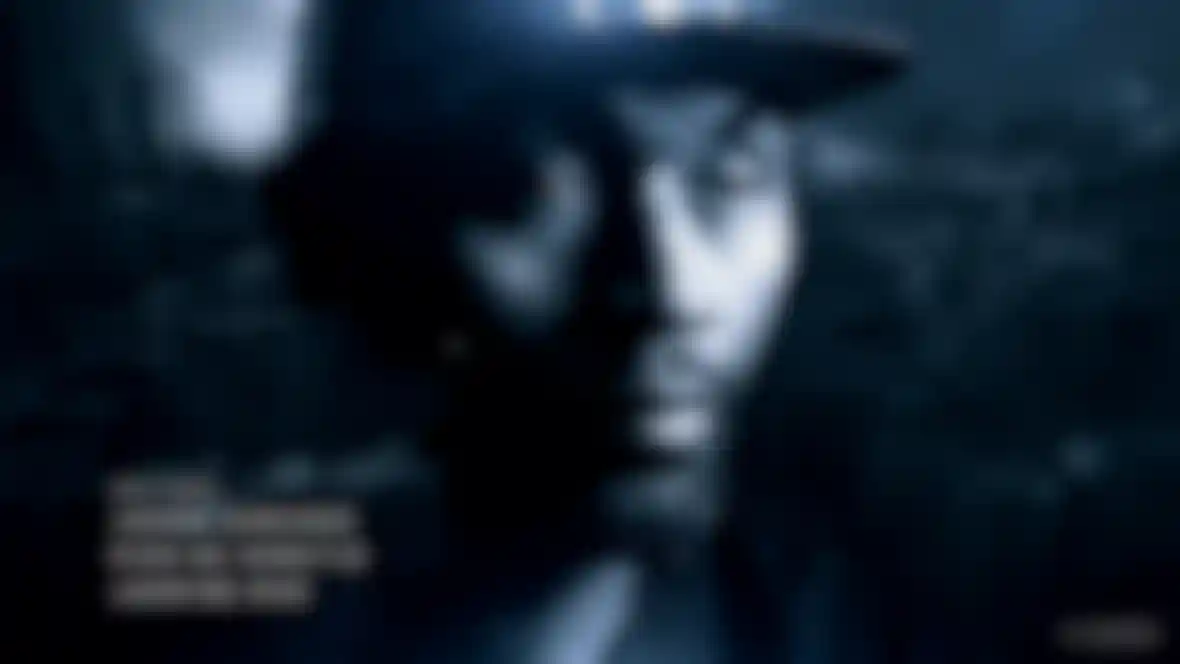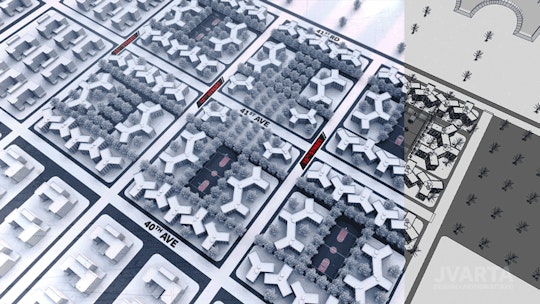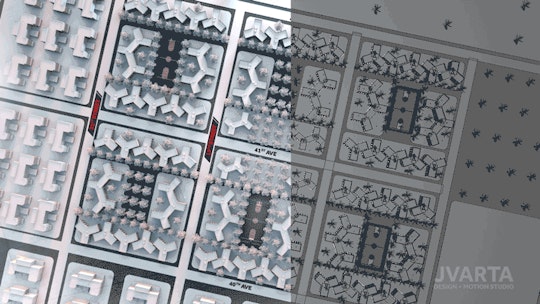
Showtime's Quiet Storm: The Ron Artest Story JVARTA on using Cinema 4D and After Effects to help tell the story of a sports legend.
Since opening his award-winning design and motion studio, JVARTA, Jesse Vartanian has worked with an impressive list of clients – Nickelodeon, Major League Baseball, Under Armour, Bleacher Report, NBC and the NHL – to name a few. People like JVARTA’s hands-on approach to projects, but it’s probably the studio’s obvious passion for trying new things and producing exceptional work using the latest software, that keeps the projects pouring in.
Among their recent projects is Quiet Storm: The Ron Artest Story, a Showtime documentary about Artest (now known as Metta World Peace), a former NBA player whose career was derailed by for a few years by mental health issues. But he later went on to win a championship with the Los Angeles Lakers, and to speak openly about his struggles, including thanking his psychiatrist on national television after the Lakers captured the title. Using Cinema 4D and After Effects, JVARTA was responsible for much of the film’s design and animation, as well as the main title sequence, posters and marketing and promotional content.
Directed and produced by Johnny Sweet, the film tells the story of World Peace’s turbulent journey, starting with the violence he was exposed to as a child growing up in the Queensbridge housing projects in New York. It also explains what happened during the temporarily career-ending “Malice at the Palace” melee in 2004 when Indiana Pacer, World Peace, got into an argument with Detroit Piston, Ben Wallace, over a hard foul. Suddenly, a disgruntled fan threw a drink on World Peace, who went into the stands to punch the guy, and all hell broke loose, with nine players eventually suspended from the league.
I asked Vartanian a few questions about JVARTA and the studio’s contributions to the film, which began with a request to do just one animation. Here’s what he told me:
How did JVARTA get this project? Have you worked with Johnny Sweet before?

Jesse Vartanian: Bleacher Report, one of our long-term clients recommended us for this. At first, they just wanted one animation of Queensbridge. It was just supposed to be eye candy showing where Ron and some of the other people speaking in the documentary grew up. But I saw it as an opportunity to break more into film, so I wanted to make sure we nailed it. Instead of the simple animation they were anticipating, we took the design to a much higher level and showed them what we are capable of. I think that’s what led to us doing the main title sequence, as well as all of the marketing and promotional materials.
See the 3D model of Queensbridge here:
Not everyone would have seen that as an opportunity. Tell me about yourself and JVARTA.
J.V.: We are a smaller, more boutique motion studio and everything is more of a personal experience. I think art has always been my path and I feel lucky that I’ve always known that. I was about 10 when my family encouraged me to draw a picture of one of my favorite baseball players for a Sports Illustrated contest for kids. I remember the phone ringing and they told me they were going to feature my drawing in the magazine. That showed me just how powerful art can be; a priceless lesson at a very young age. I always thought I would one day start my own company, and I still enjoy doing as much of the work as I can.
Describe your process for making the Queensbridge animation.
J.V.: Their team shot a lot of footage on the street and using drones. We referenced that and Google Maps to make sure we had all of the buildings in the right place. The Queensbridge housing projects are in a very concentrated area in New York, and the buildings look the same. To get the stylized look we wanted, we used Cinema 4D to make the buildings from scratch. We made three versions of the buildings and we cloned them and rotated them correctly. Having three main pieces and instancing 30 other buildings definitely helped our workflow. We also used Cinema 4D’s content browser for objects like the trees.
The camera move was intense. We started from an aerial perspective and zoomed into this tight shot, so there was a lot of finessing in C4D to make sure that was smooth. I thought an establishing shot was the best way to show how Queensbridge is laid out, and then we fly down the street to show where Ron lived. We also show the buildings where two childhood friends of Ron’s grew up, like hip-hop rappers Havoc (Kejuan Muchita) from Mobb Deep and Nas. See JVARTA’s breakdowns of the stylized 3D versions of Queensbridge they created here:
How did you work with the director to come up with the look for the titles?
J.V.: I worked really closely with the team at Bleacher on the titles. I wanted the kind of look you see when HBO or Netflix is telling a dramatic story, and it was very important for key words, like anxiety and depression, to be visualized in the design and animation.
We would concept different ideas and built out the designs to send to Johnny and his team. They chose the concept that visualizes Ron metaphorically drowning in a rainy, stormy environment meant to symbolize his mental health issues. Watch the title sequence breakdown here:
What are you working on now?
J.V.: We are always working on exciting things, sometimes vastly different from one another. We just wrapped up another project with Bleacher Report, a social media post of an animated Kevin Durant that quickly went viral. We do a lot of sports work, but we do just as much for different industries too, including a fully-CGI, animated promo for a recent watch release.



